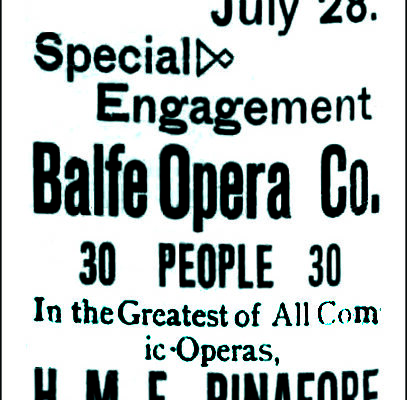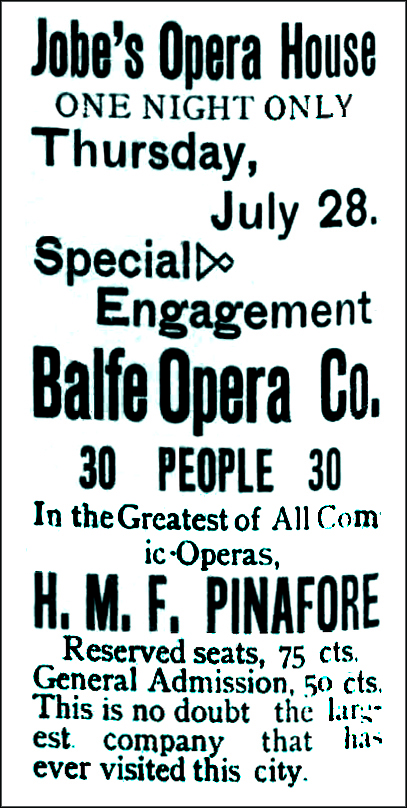Prior to the summer of 1944, public recreation in Johnson City consisted of a baseball park on Legion Street, the Surjoi Swimming Pool (later renamed Carver Park near the intersection of W. Watauga and W. Market streets) and Memorial Football Stadium, constructed by the federal Works Progress Administration (WPA) in the 1930s.
In April 1944, the city charter was amended, establishing the first Park and Recreation Department. A nine member Board of Directors was appointed with Kiwanian C. Howard McCorkle serving as the first chairman and Kiwanian Howard A. Johnson as the first Park and Recreation Director.
Later that same year, Kiwanis became the first city group in Johnson City to sponsor a public park, known as Kiwanis Memorial Park, acquiring a sizable block of city property between Main and Market streets, on which they built two baseball diamonds, one on each end, and a nice picnic pavilion.
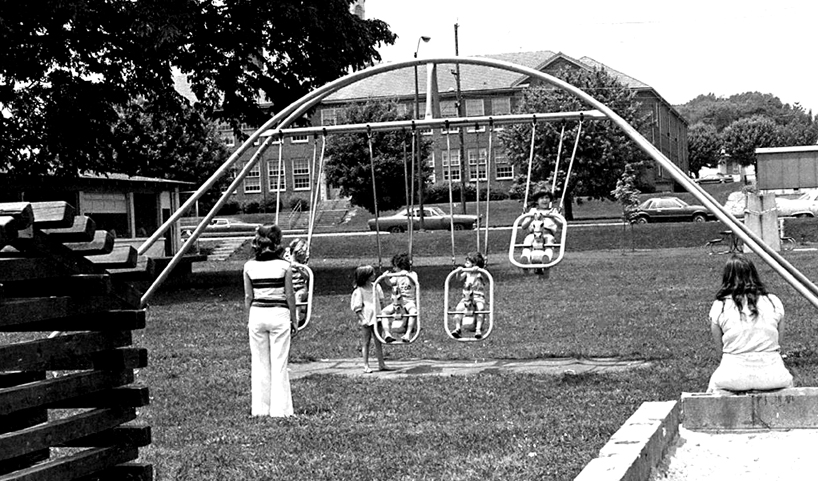
Kiwanis Park on W. Market Street. Henry Johnson School Can Be Seen in the Background
Not to be outdone, the rival Optimists offered sponsorship of a city playground on Poplar Street, a few months later, beginning a friendly competition among the city's civic groups, Lowe said.
In 1945, the Jaycees joined in the fun, sponsoring a neighborhood park adjacent to Stratton Elementary School. And in 1948, the Rotarians brought a new angle to the city's park system by developing a naturalistic picnic park on Broadway.
This helpful tradition continued through the next two decades, with the Lions Club adopting its park off Unaka Avenue in the late 1950s and the Civitan Club taking over what had previously served as the city dump in 1963.
In more recent years, the Metro Kiwanians developed a comprehensive park on Knob Creek Road. Later, the North Johnson City business club, forgetting all regional prejudice, took over sponsorship of the former Powell Square in Southwest Johnson City.
In the 43 years since the Kiwanians built their first baseball diamond on Market Street, their accumulated investment of time, labor and funds went to the creation of a $250,000 facility, which, according to Lowe, continued to be the most utilized park in the city.
In early 1950, my family moved to Johnson Avenue, directly behind Henry Johnson Elementary School playground. I vividly recall the three (I think) carousels inside the white picket fence. To power it, some of the older children ran on the inside of it while holding on to the rail until it reached a desirable speed. We then jumped aboard.
According to today's safety standards, some of these rides were a bit unsafe. Failure to get back on it could cause you to trip and fall on the ground. I don't see these rides anymore. The most common displeasure was motion sickness. We quickly learned when to stop riding it.
Another favorite was the metal sliding board midway in the park. Initially, sliding down it was difficult because it was a bit rusty. We corrected that deficiency by bringing sheets of wax paper from home and rubbing them on the slide for several minutes. It amazed us how slippery it became with only a few slides. The journey down it then meant a lightning fast departure into the dirt.
Another memorable pastime was watching baseball games; Little League teams played on the east end of the park, and Connie Mack batted at the west side. Other games involved numerous adult leagues.
One significant memory of the park was the small snack shack facing Market Street and Henry Johnson School. My most frequent purchase was a frozen Zero candy bar that cost a nickel. Behind it to the south was the large elevated pavilion that was used for a variety of programs, including showing movies.
Even today, I occasionally drive to Kiwanis Park, park my vehicle and take a stroll back to my own private “yesteryear,” enjoying the memories that made our youthful lives so pleasurable. Where did the time go?
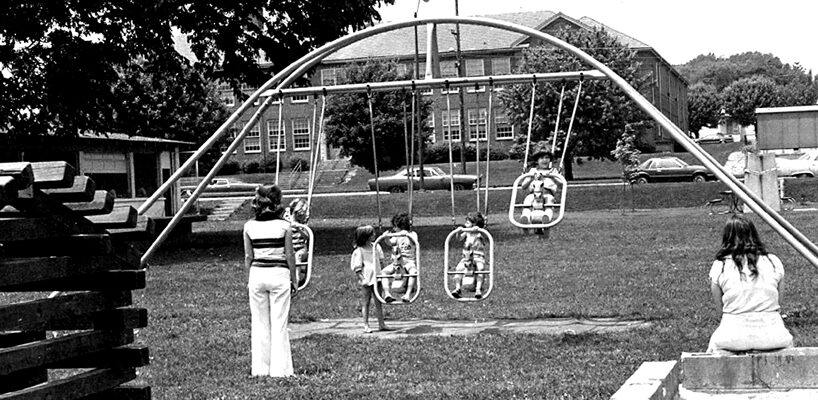
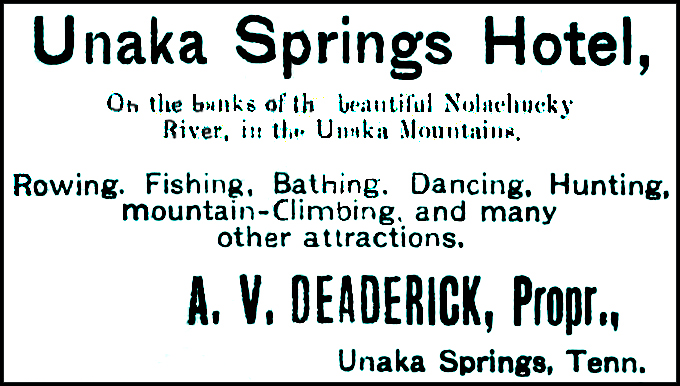

 Brown (left) and Jackie Gleason, the first Chester Riley on The Life of Riley-600x400.jpg)
 Brown (left) and Jackie Gleason, the first Chester Riley on The Life of Riley.jpg)

-578x400.jpg)
.jpg)
